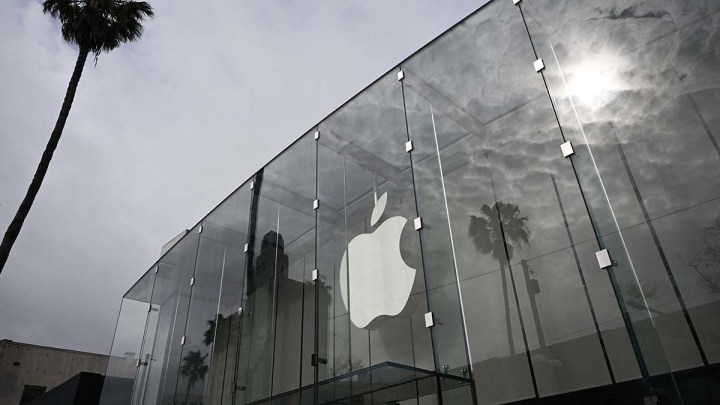
Higher interest rates should mean more money for savers — but switching banks can be a hassle
Higher interest rates should mean more money for savers — but switching banks can be a hassle

You might have seen that Apple launched a savings account Monday in partnership with Goldman Sachs — one that offers over 4% annual interest and is insured by the Federal Deposit Insurance Corp.
Now, you may be thinking, “Hmmm … 4%? That’s pretty good.” Especially ’cause the average yield for a savings account is under 1%, according to Bankrate.com. But at the same time, you also might be thinking, “Ugh, do I really want to go through all the online forms and close my old account and click through all those terms and conditions tabs, just to get a better rate on my cash?”
Well, to a certain extent, the banking system kinda depends on you saying, “Meh, not worth it.”
When Rohan Shah wanted to close his checking account, savings account and credit card at a large national bank, first he went to the chatbot, which — even in the ChatGPT era — directed him to a phone number. And after that?
“I had to speak to three different people to do that, fill out 50 different forms, so they don’t make it easy,” Shah said.
Shah works for the consulting firm Simon-Kucher, which does consumer research around this type of stuff. According to their data, roughly 30% of banking customers wouldn’t switch banks just to get a better interest rate on their savings or some other incentive.
Some stay with their current bank out of loyalty, while others simply don’t want the hassle.
“There is a segment of customers that would not go through it because of this process,” Shah said.
Or maybe they don’t want to change their direct deposit information or that Netflix subscription they used their debit card for 15 years ago. There’s actually an economic phrase for this, per Bankrate’s Greg McBride.
“‘Deposit stickiness’ is a term that’s used to indicate whether or not deposits that come in are likely to stay with the bank or if they’re likely to flee and chase better returns elsewhere,” he said.
Now, that stickiness has its benefits for the financial system — just ask Silicon Valley Bank whether it would have wanted more adhesive on deposits — but McBride said a lot of the recent stickiness is about savers not being used to the idea that a bank would actually pay them interest.
“For the better part of the last 15 years, returns on savings have been dreadfully low,” McBride said. “I do think that a lot of consumers fell asleep at the switch.”
However, younger savers are doing more comparison shopping since the Federal Reserve began raising rates, said Chanelle Bessette at NerdWallet.
“It appears that younger folks do seem to have a bit more comfort with online-only banks, which are typically offering the highest interest rates,” she said.
Plus, younger customers are less likely to need a mortgage or other services you’re more likely to get at brick-and-mortar banks.
There’s a lot happening in the world. Through it all, Marketplace is here for you.
You rely on Marketplace to break down the world’s events and tell you how it affects you in a fact-based, approachable way. We rely on your financial support to keep making that possible.
Your donation today powers the independent journalism that you rely on. For just $5/month, you can help sustain Marketplace so we can keep reporting on the things that matter to you.

















